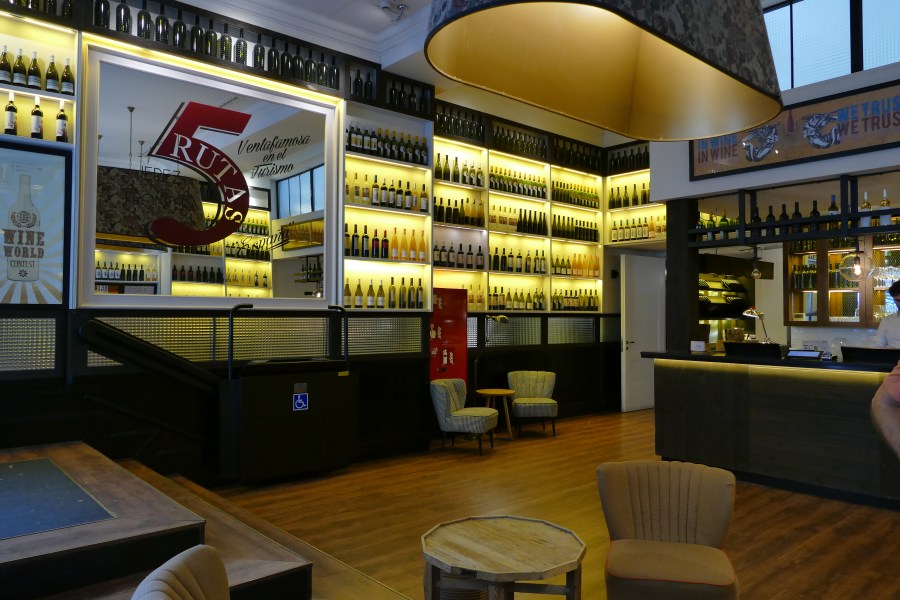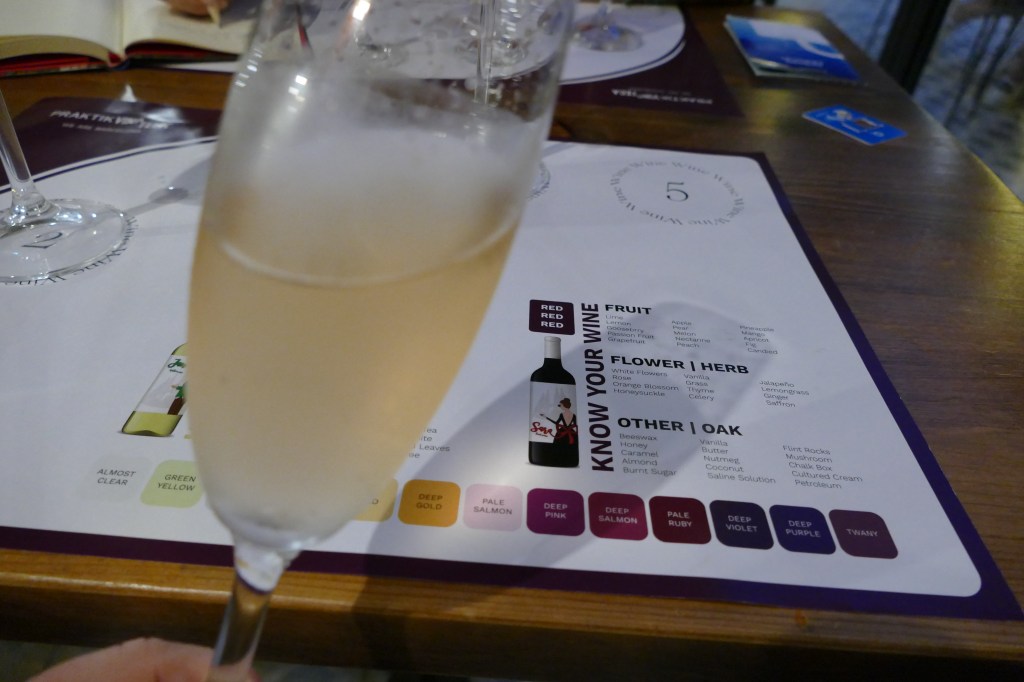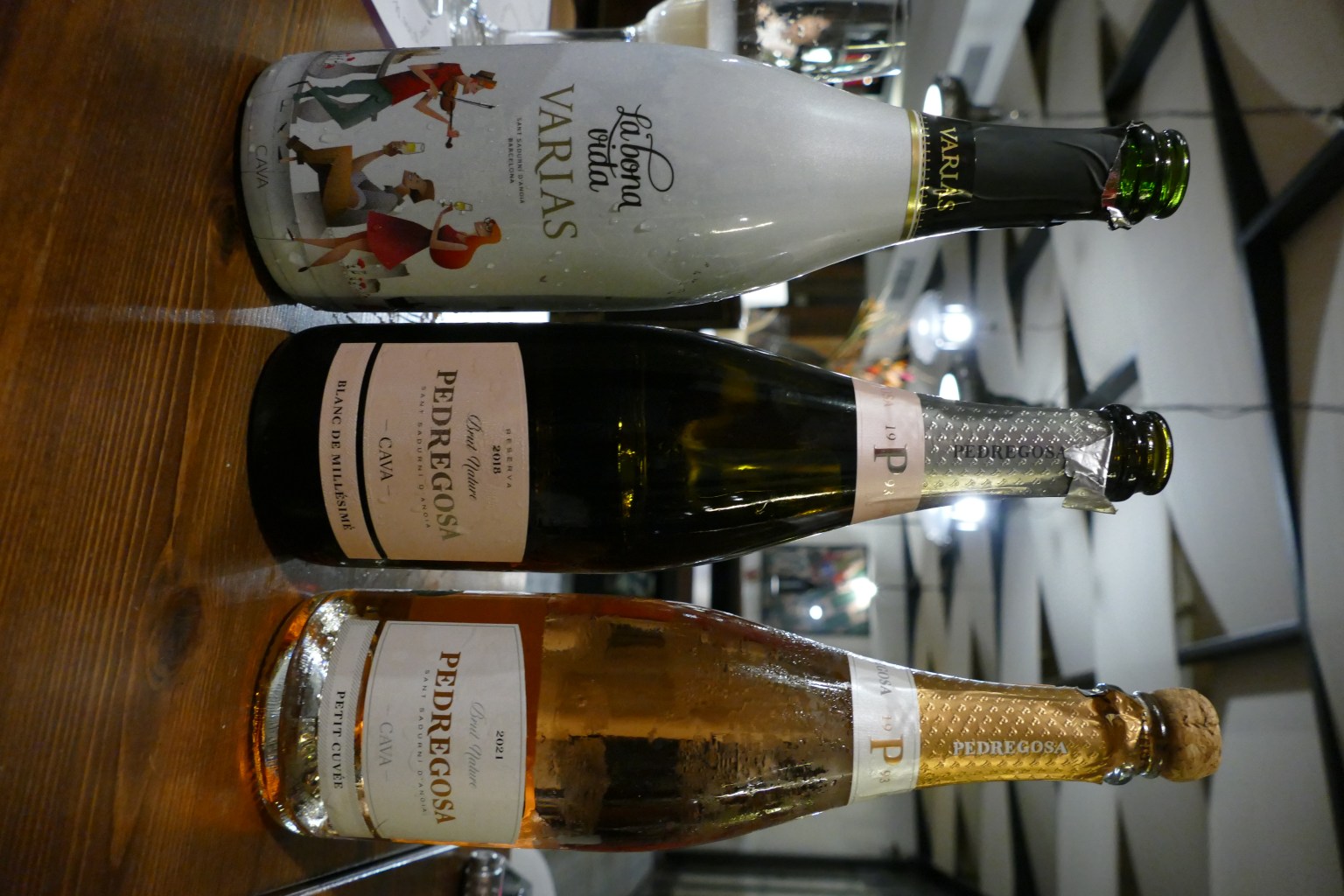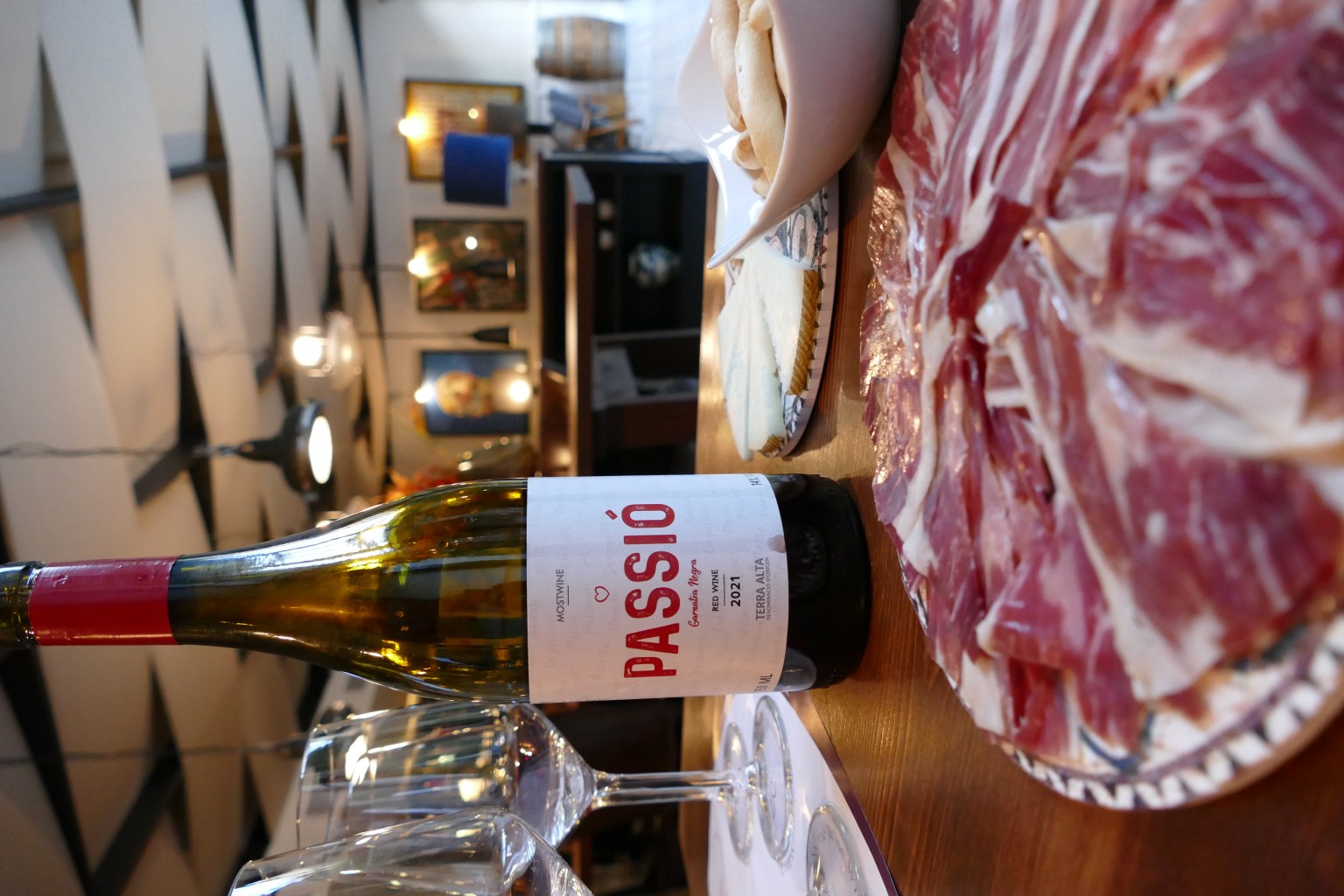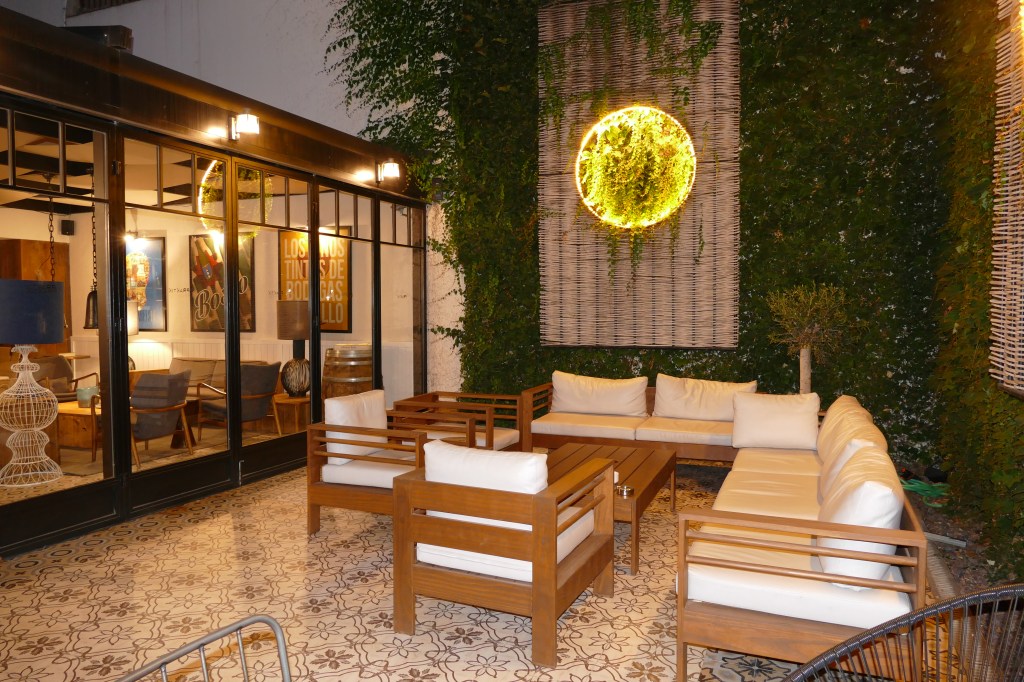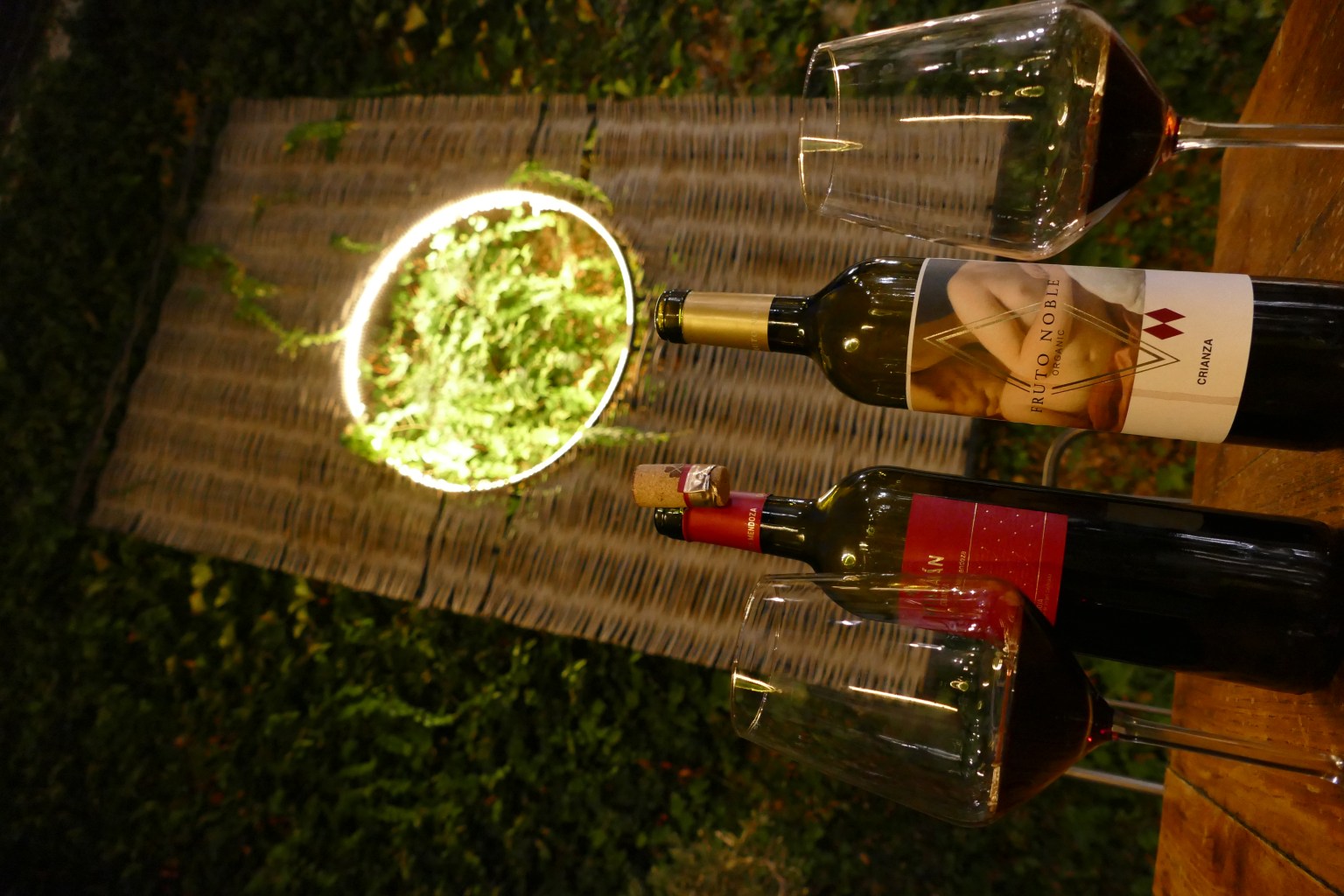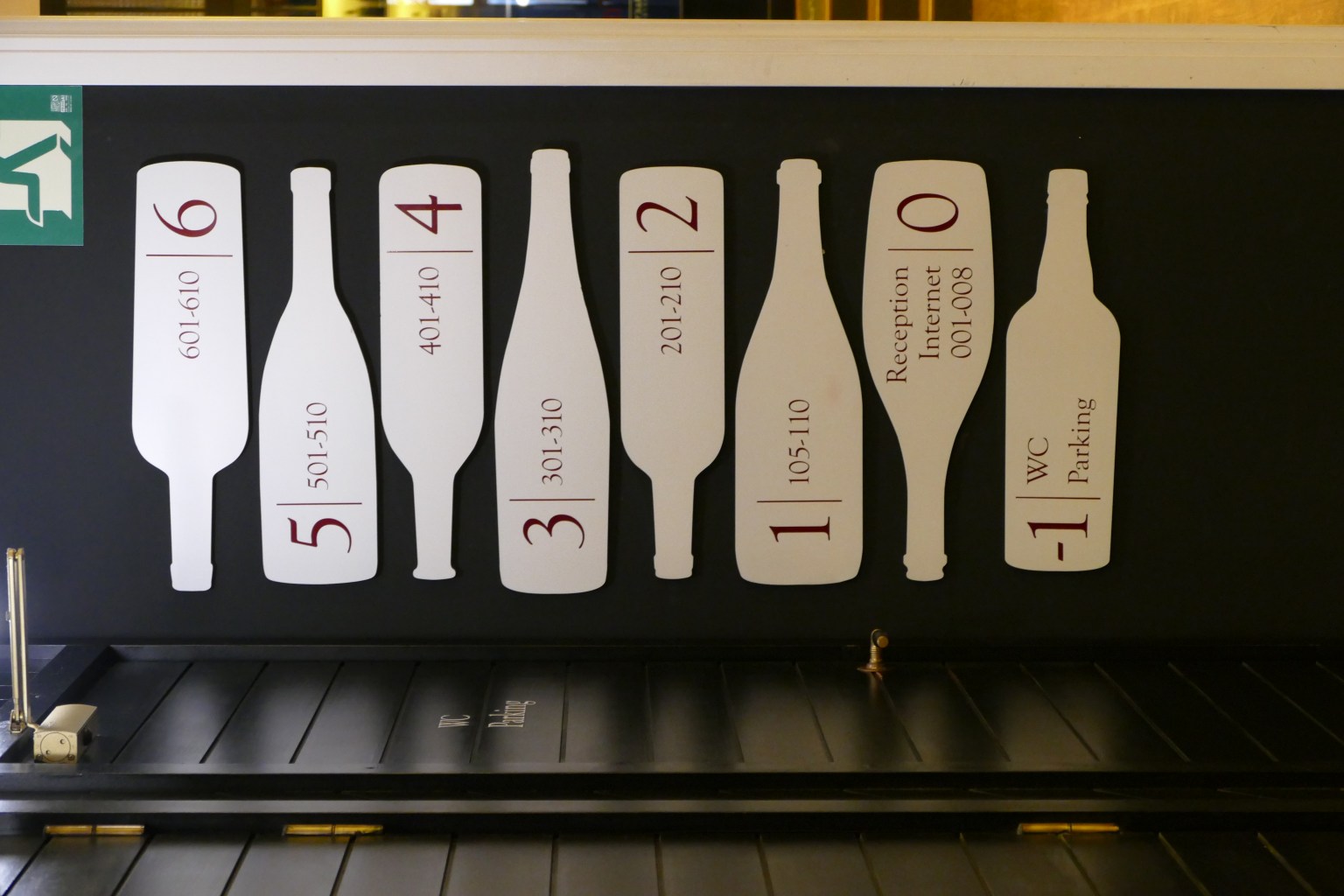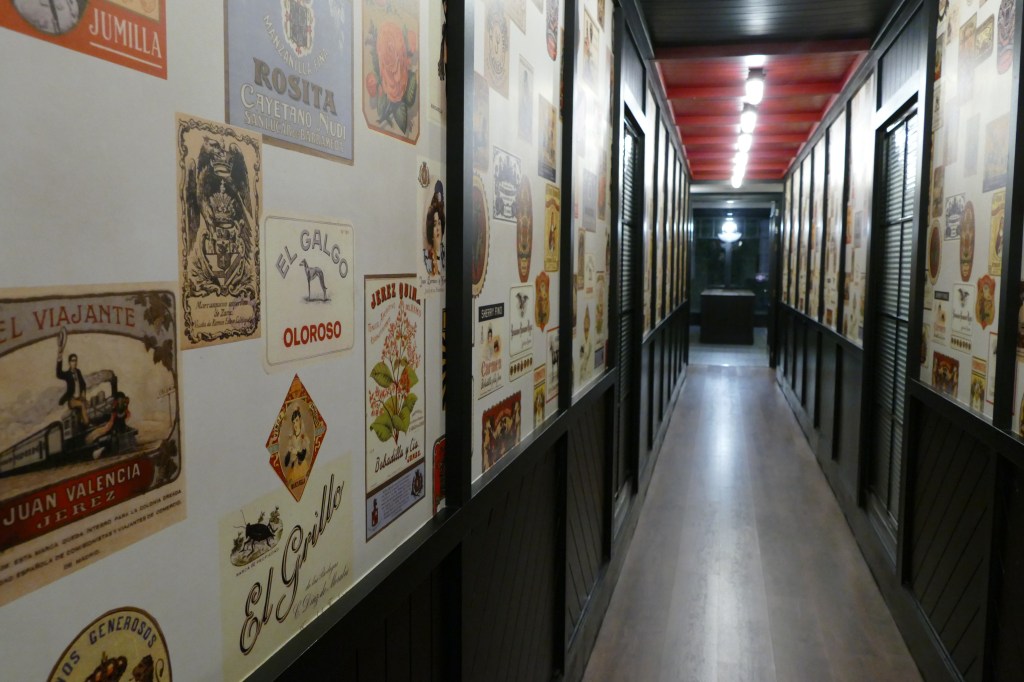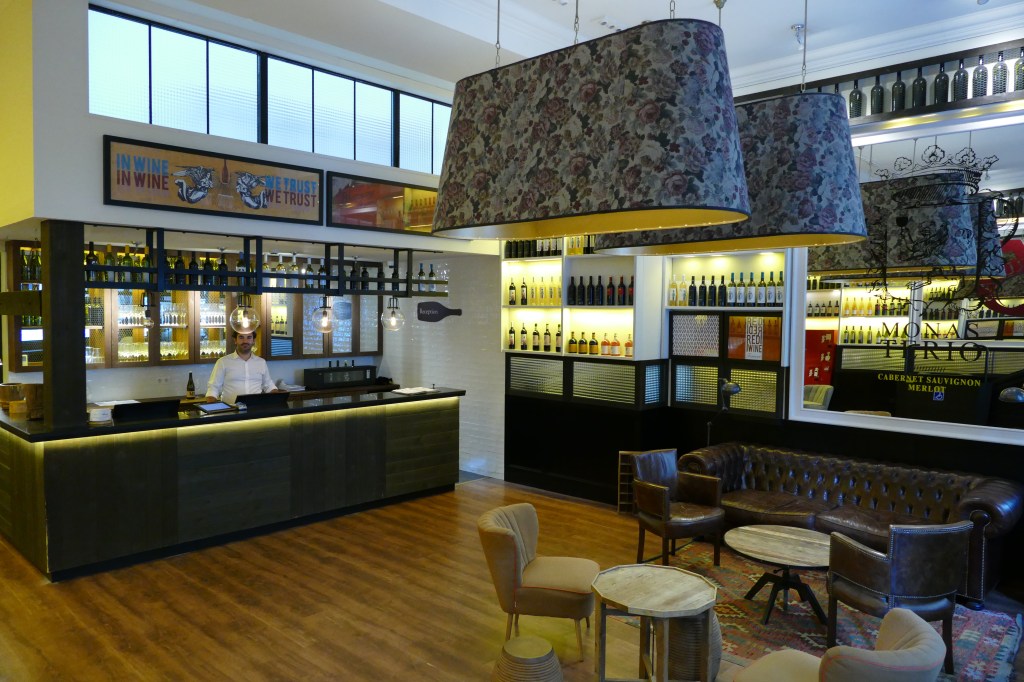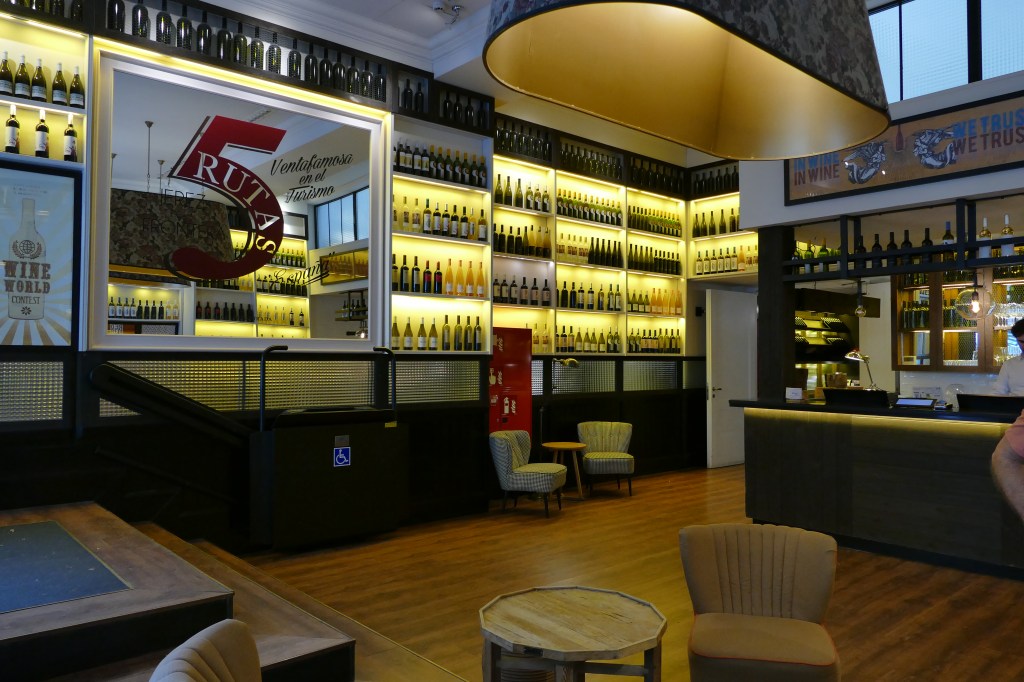Wine is such a personal thing and the way we experience it can influence our thoughts and feelings about a particular style of wine for a lifetime. If a wine is truly an expression of the terroir then each bottle is an invitation to experience the heart of the vineyard, its soil, the cultivation techniques used, the varieties and the history of the vines.
Barcelona is a beautiful city home to many wonders. It is a city of flair, creativity and most importantly imagination. Visitors and residents can experience the flair of one of the most Iconic football teams in the world. The Nou Camp is a space where the worlds best players have dazzled generations of spectators with their goals. The creativity on display at the The Picasso Museum ranges from the rural (some works of Picasso feature the mountainous regions of Terra Alta) to the raunchy and the imaginative structures of Antoni Gaudi are truly mind blowing. Whether turning a corner of a city street and finding yourself face to face with the Casa Batllo or climbing to the vantage point of the Park Guell it is obvious that Barcelona is a city of inspiration. (In fact rumour has it that the architecture of Gaudi in Barcelona inspired George Lucas and the creation of the Storm Trooper helmets although this is not a confirmed story it underlines the lasting impression that this city can leave on visitors). In terms of wine some wineries in Terra Alta have architecture that was designed and built by Cesar Martinelli, a pupil of Gaudi.
The Praktik hotel chain operating in Barcelona has certainly embraced this creative atmosphere with their Vinoteca hotel situated in the centre of the city. Within walking distance to just about everywhere the hotel is described as a wine boutique hotel.
Praktik Vinoteca is a hotel with the theme of wine and yet the idea of a themed hotel does not do justice to the relaxed sophisticated style that greets the visitor. The hotel reception doubles as an impressive wine bar and it is common to find guests relaxing with a glass of wine amongst the walls lined with wine bottles or to see guests enjoying a private tasting with the hotels’ on site sommelier, Guillem Panisello Boet.
Whilst wine tastings at a hotel may not seem unusual, the tastings at Praktik Vinoteca are not only unusual but remarkable. The wines that are offered to guests are mostly Catalan but some Spanish wines with a different or unusual style are also served. The whole premise of the wine experience at this hotel is to allow the guests to experience wines in styles that are different from the big exporters of Spanish wine and the personalised wine experiences with a trained sommelier are a great way to look beyond the obvious in a relaxed atmosphere. Praktik’s hotel model is to showcase regionality and wines with stories. It would be possible to expand the principle further by offering guided tours to some of the vineyards and deepen the link for the tourists that flock to the city and for growers who would like to compare conditions and methods.
Guillem became a Sommelier at the hotel in 2014. Having worked in the wine industry and vineyards since 1997 he can talk guests through the wines in six different languages. He explained: “I enjoy sharing knowledge of wine with people who have the same enthusiasm, wine is mixed with chemistry and history… with wine I feel alive with simple things; good company, good conversation, the smells and the flavours that is my personal experience.”
The wine tastings use a specially designed table setting that incorporates the basic principles of tasting with visual guides to help judge the colours of both white and red wines the setting also indicates the primary, secondary and tertiary flavours and aromas that can be found in the wines. This accentuates the idea of a wine tutorial without becoming so formal that it disengages with the guests who are ultimately relaxing through the whole experience.
Guillem started the Cava experience by explaining the system that allows wine drinkers to see at a glance the style of Cava they are buying. The bottles are required by regulations to carry one of three stickers: white indicating a bottle aging time of 9-15 months; green indicating 15-30 months; and black indicating more than 30 months stored at 12 degrees and 65% humidity. “If you don’t know the brand then the consumer can go by the stickers which are the same in every country. If you want something for an aperitif then green or white sticker if you want something more elegant to pair with food then a black sticker,” explained Guillem.
“The three classic Catalan grapes used for Cava are Macabeo, Xarello, Parellada. That is the order of the harvest,” said Guillem. Each of these grapes contributes something different either in structure, acidity or aroma although Chardonnay and Pinot Noir are permitted but not commonly found in Cava. Guillem explained that in the flat valley area Pinot Noir is not exceptional “the Xarello is more interesting in these areas,” he said.
Speaking about exports of Spanish Cava Guillem explained that producers are either big or small: “There are producers of 100 million bottles or 40 million bottles or 200,000 bottles but nothing around three million bottles.” It is therefore not surprising that the export market does not see many of the fun and enterprising brands that simply do not have the resources to export internationally. Guillem is quite candid about the problems with the designation Cava in that it does not have a dedicated region. “Cava does not represent a place and can be produced 1000km from here. Appellation to me means soil, weather, grapes, and methodology; all of these things. Cava can come from many areas of Spain. So some people in Catalonia are making Clàssic Penedès from a 25,000 hectare region that starts just 30km from Barcelona. The region has more that 20 different grapes that are approved under the Penedès Denominación de Origen Protegida,” he said. This Clàssic Penedès is being named this way so that winemakers have an opportunity to reflect, more accurately, the soil, the unique climate and the methodology bringing a sense of place to the Catalan traditional method Sparkling.
Although the size of production figures are different those involved in viticulture in England and Wales will be able to identify with these problems. Both the notion that small producers struggle to finance and support international exports and the idea of wanting to preserve the special nature of your terroir as it is expressed in your wine whilst trying to find a way to differentiate your wine from other products are familiar themes.
The price point of the sparkling wines is quite interesting starting at just €7-11 for a white sticker traditional method sparkling. “You could line up 500 different Cava and perhaps only six of them would be over €30,” Guillem explained.
The backdrop for the wine tasting is an outdoor courtyard. This courtyard area has a stunning living wall. As with every aspect of the hotel the theme of wine is carefully but subtly seen in the living wall. Whilst the foliage is varied and beautiful it is possible again to find the subtle theme of wine in this space, vine leaves are clearly visible but neither dominant nor overpowering.
The first Wine that Guillem shows has a white sticker but also a wrapped label with a cheeky design. “It is a fresh fruity style aimed at the younger drinker,” he explained. Talking about the younger wine drinkers Guillem said: “Craft beer can be seen as the sponsors of popular sporting events and music concerts but the world of wine does not know how to work together and because of this loses something.”
“It is important to find the correct moment for the wine. Young easy drinking styles are more suited to groups of friends together but with a more complex wine the conversation can mean that you miss something in the wine and therefore it is better to be more focussed.
“Here, there are 2,500 years of wine making history but cold fermentation techniques to preserve the delicate flavours of white and rosé have only been widely used since the 1980’s so in the mind of the older generation wine is red, red, red,” said Guillem.
Red wine is the subject for the second night of tasting and yet like everything in the hotel there is a depth to the experience that takes it further towards education than tasting. This is all done in a way that has an ease that is appealing and conducive to developing a passion beyond expectations for these wines and the regions.
Travelling down in the lift to the bar area is another example of how there is a subtle wine influence that enters your consciousness without being obvious. The lift is lined with the wooden facings of wine boxes.
Guillem introduces red wine from Terra Alta which he describes as having a particular area of very special climate and soils. Wind follows the River Ebro and the soil here has more sand than the rest of this area with more vegetation and less rocks. Over plates of local cheese and ham Guillem explains that although Garnatxa is used in the production of rosé the grape is shown to its best advantage in red wines. “Because Garnatxa is a bigger grape there are more solids in the wine in comparison to Cabernet for example which has a ratio of 1:12 solid to liquid. Instead Garnatxa has a ratio of 1:24 which has massive influence on the polyphenolics, colour and tannin,” he said.
The Catalan wine makers are heavily influenced by French wine making not just because they share similar weather and grape varieties “but because of the history,” Guillem said. The Ottoman empire ended at the south of Barcelona meaning that it remained Christian and as such established deep historical links with Toulouse and Montpellier. In fact, the train journey from Montpellier to Barcelona is approximately three hours and the links between Catalonia and France can be further seen by the journey from Girona to Perpignan being around 30 minutes by train. It is impossible not to be swept along in the story as Guillem shows how history, culture, architecture and wine are inextricably linked, it is intoxicating in a figurative sense.
In just a few days our visit to Barcelona had demonstrated extremes of weather from a mini heatwave to the tail end of a powerful storm. “The weather affects everything. In the north of Catalonia towards Girona there are beef producers, it is more green but the other parts of Catalonia have smaller animals because it is more dry. As an example seven meals out of ten would be pork with only three beef. The wines are perfect for the food choices much like places in Italy such as Piedmont,” explained Guillem.
The second wine of the evening is a Monastrell/Mourvèdre with Demeter certification and Guillem explained that this is possible due to the climate “it is a place without rain; no rain no fungus,” Guillem said smiling. The heat here means the canopy needs to be able to protect the grapes from the extreme effects of the sun and so canopy management takes on an entirely different meaning “If you want to extract liquid the grapes need protection,” he added.
The hotel carries a large number of organic and biodynamic wines. “Decades ago some of the commercial products were not very healthy,” Guillem explained. He then went on to ask: “Who drinks the most of a wine from a vineyard? The owner, the workers and the producers drink far more than the consumer when they are blending and tasting. Consumers drink a bottle one week and a different bottle the next. So people moved away from chemicals that were unhealthy.” As with everything, balance is the key and Guillem explained that he had a particular dislike to the term natural wines. “When we use the name natural wine does that mean that 95% of wines are not natural?” As an answer he suggests that more specific information should be given so the consumer really understands, for example a statement such as only wild yeast strains are used in this wine.
This idea brings the visit a great sense of symmetry. There is never a time when wine education will stop. “The world of wine is a never ending story,” said Guillem. Hotels like the Praktik Vinoteca are the next step in the education of wine drinkers showing a cross section of regional wines providing tailored expert knowledge but allowing the exploration and education to take place in a relaxed atmosphere. With its central location in one of the worlds most incredible cities the visitor is literally given the chance to explore the destination and the wines in a unique and combined way.
- Guillem Panisello Boet, sommelier at the Praktik Vinoteca hotel, Barcelona

